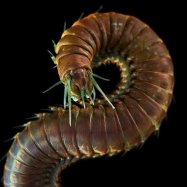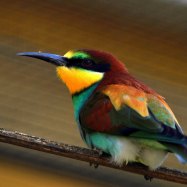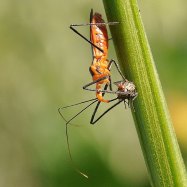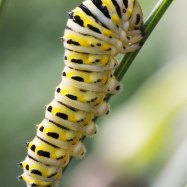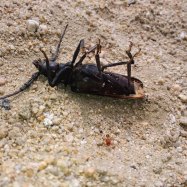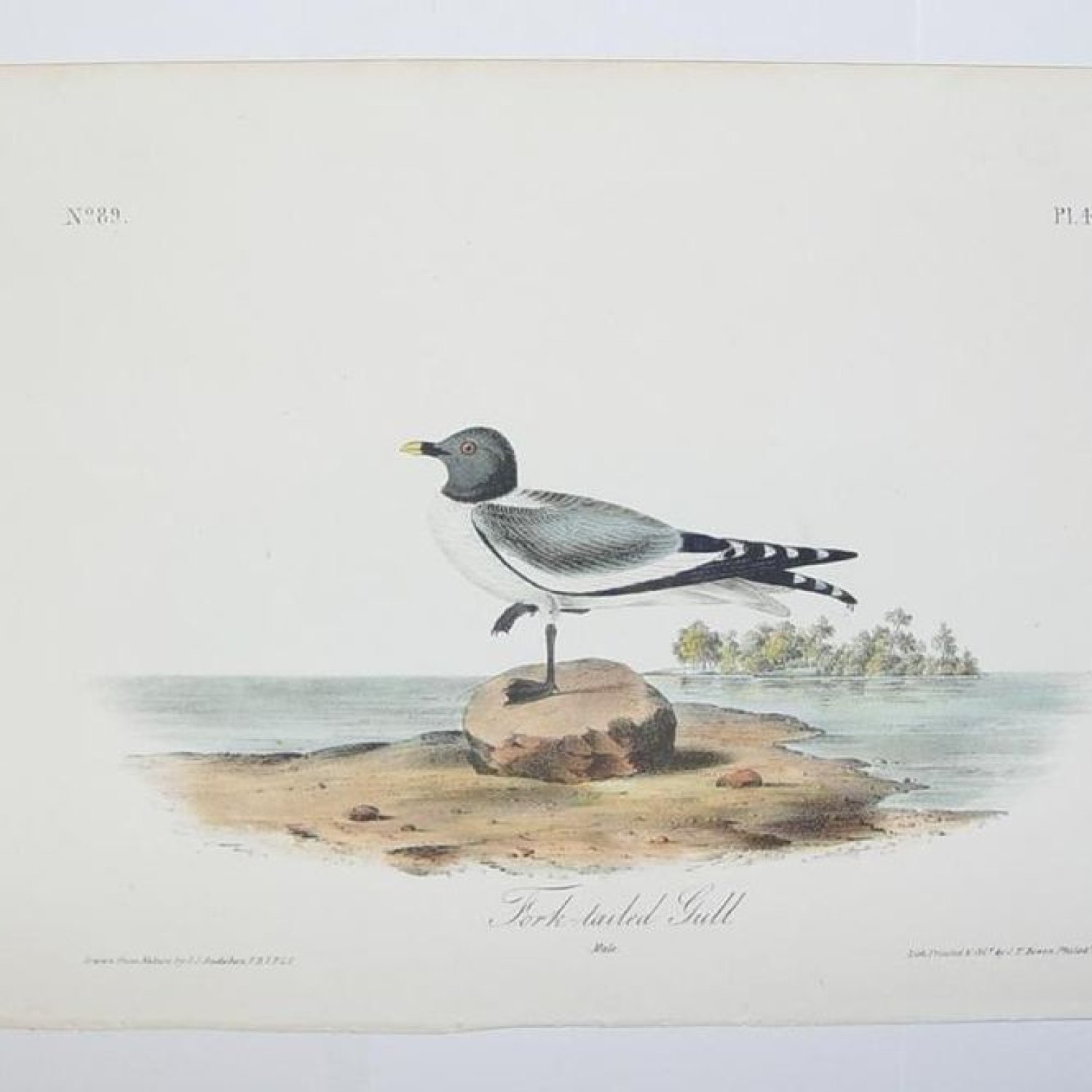
Xeme
28-31 cm
The Xeme, also known as the fork-tailed gull, is a small and slender seabird found in the Arctic and subarctic regions. With an average length of 28-31 cm, this bird belongs to the Laridae family. Its unique body shape helps it to move effortlessly through the winds and catch prey in the ocean. Keep an eye out for these beautiful birds on your next trip to the Arctic!
Animal Details Summary:
Common Name: Xeme
Kingdom: Animalia
Habitat: Coastlines, estuaries, and islands
The Xeme: A Small But Mighty Seabird of the Arctic Regions
When you think of the Arctic, you may imagine polar bears, icy landscapes, and frigid temperatures. But there is another creature that calls this region home - the Xeme.Also known as the Sabine's gull, the Xeme (Xema sabini) is a small seabird that inhabits the Arctic region as well as the northern coasts of North America and Eurasia. With its elegant appearance and impressive abilities, this charming bird has captured the attention and admiration of many Xeme.
Let's take a closer look at this fascinating creature and discover what makes it stand out in the world of birds.
A Member of the Charadriiformes Order and Laridae Family
The Xeme belongs to the vast and diverse kingdom of Animalia, the phylum of Chordata, and the class of Aves (birds). Specifically, it falls under the order Charadriiformes, which includes various shorebirds, gulls, and auks, among others.Within this order, the Xeme belongs to the Laridae family, which comprises around 100 species of gulls, terns, and relatives. It is closely related to other gulls such as the laughing gull and the herring gull.
Appearance and Coloration
The Xeme may be small in size, measuring only 28-31 cm in length, but it certainly makes up for it in its stunning appearance. With its white body, gray back, and distinctive black wingtips, this bird is a sight to behold.A closer look reveals that the Xeme has a slender and elegant body shape, with a long and narrow wingspan that makes it swift and agile in flight. Its yellow legs are another striking feature, standing out against its otherwise neutral coloration Xenacanthus.
The Xeme also has a small, delicately curved beak that is perfect for its feeding habits, which we will explore later in the article.
A Home in the Arctic and Subarctic Regions
The Xeme is mainly found in the Arctic and subarctic regions of North America and Eurasia, where it breeds and raises its young. Its habitat consists of coastlines, estuaries, and islands, and it is often seen resting on sandy beaches or perched on rocks or cliffs.This bird is also known to migrate south during the winter, with some individuals reaching as far as the northern coasts of the United States, particularly in the states of Massachusetts and New York.
Carnivorous Feeding Habits
As a carnivorous bird, the Xeme feeds on a diet of small fish, crustaceans, and insects. It has been observed using its agile flying skills to catch prey at the surface of the water, or diving headfirst into the water to catch fish.What is even more impressive is its ability to catch flying insects while in flight, something that few birds are capable of. This shows the Xeme's adaptability and resourcefulness when it comes to obtaining food.
A Global Distribution in Arctic Regions
Geographically, the Xeme is found in various countries, including Canada, Greenland, Iceland, Norway, Russia, Svalbard, and the United States. Its presence in these areas highlights its adaptability to survive in extreme environments and its ability to cover long distances during migration.This global distribution also reinforces the importance of preserving the Arctic and subarctic regions, as these birds rely on these habitats for breeding, feeding, and migration.
Threats and Conservation Status
The Xeme, like many other bird species, faces threats to its survival from various human activities and environmental changes. These threats include climate change, oil spills, pollution, and human disturbance in breeding and feeding areas.Thankfully, the Xeme is currently listed as "Least Concern" on the International Union for Conservation of Nature (IUCN) Red List. This means that its population is relatively stable, and there are ongoing conservation efforts to protect its habitat and ensure its survival.
Human Interactions and Symbolism
While the Xeme may not have a strong presence in human cultures or folklore, it has become a symbol of resilience and adaptation to harsh environments. Its ability to thrive in the Arctic and subarctic regions, despite their extreme conditions, is nothing short of remarkable.Additionally, the Xeme's unique appearance has made it a popular choice for nature watchers and bird enthusiasts. Its presence in various countries also provides economic benefits, as it attracts tourists to visit and observe these birds in their natural habitat.
In Conclusion
In summary, the Xeme is a small but mighty seabird that inhabits the Arctic and subarctic regions of North America and Eurasia. Its elegant appearance, agile flying skills, and adaptability to extreme environments make it an impressive creature to behold.While it may face threats to its survival, efforts to protect its habitat and migration routes are ongoing, ensuring that this beautiful bird will continue to soar through the Arctic skies for generations to come.

Xeme
Animal Details Xeme - Scientific Name: Xema sabini
- Category: Animals X
- Scientific Name: Xema sabini
- Common Name: Xeme
- Kingdom: Animalia
- Phylum: Chordata
- Class: Aves
- Order: Charadriiformes
- Family: Laridae
- Habitat: Coastlines, estuaries, and islands
- Feeding Method: Carnivorous
- Geographical Distribution: Arctic region and northern coasts of North America and Eurasia
- Country of Origin: Canada, Greenland, Iceland, Norway, Russia, Svalbard, and the United States
- Location: Arctic and subarctic regions
- Animal Coloration: White with gray back, black wingtips, and yellow legs
- Body Shape: Small and slender
- Length: 28-31 cm
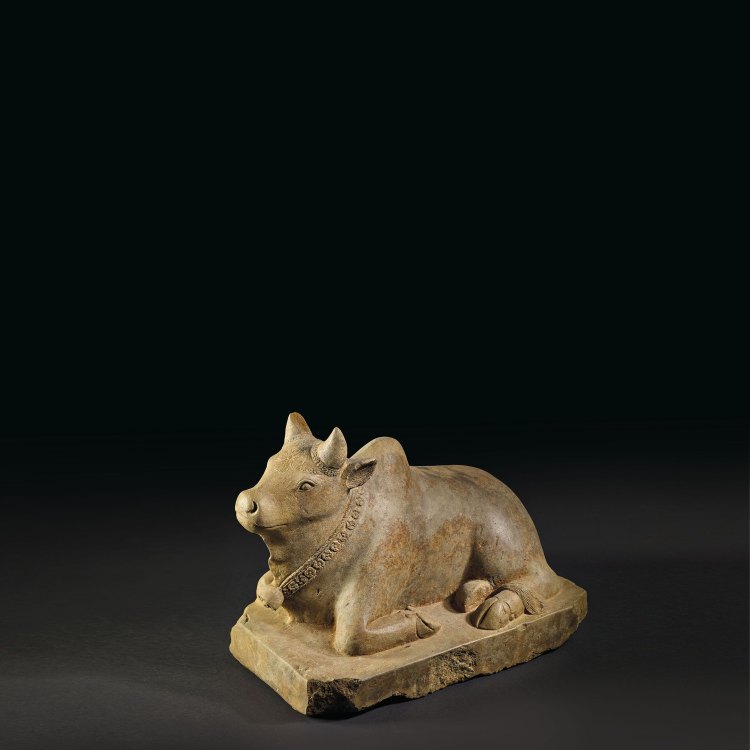
Xeme
- Adult Size: Small
- Average Lifespan: 6-9 years
- Reproduction: Monogamous
- Reproductive Behavior: Form breeding pairs that last for multiple years
- Sound or Call: High-pitched call
- Migration Pattern: Migratory
- Social Groups: Breeding pairs and small groups during migration
- Behavior: Active and agile flyers
- Threats: Predation, habitat loss, climate change
- Conservation Status: Least Concern
- Impact on Ecosystem: Important for the Arctic ecosystem
- Human Use: Birdwatching and ecotourism
- Distinctive Features: Yellow legs and black wingtips
- Interesting Facts: Xemes are excellent divers, capable of catching fish underwater.
- Predator: Arctic Fox, Gulls, Skuas
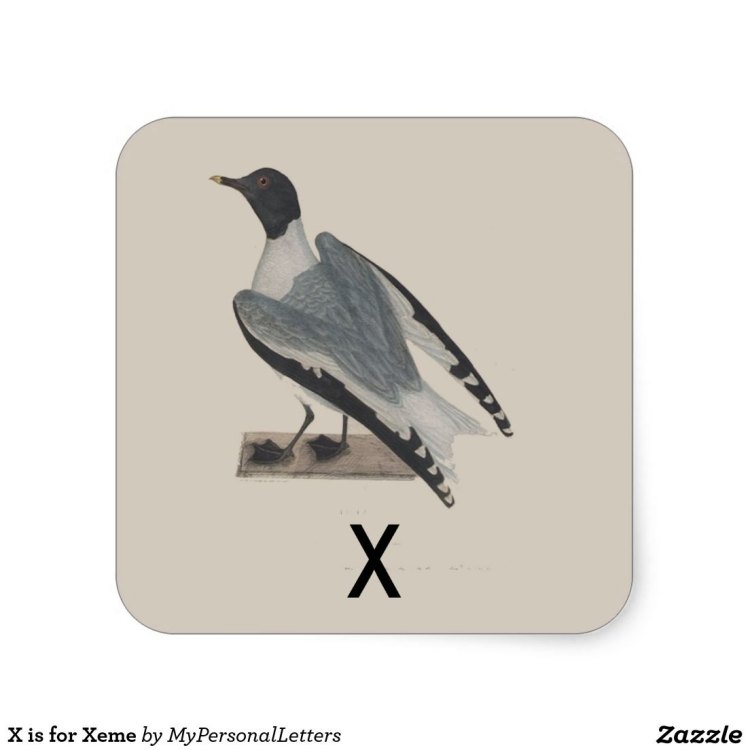
Xema sabini
The Small and Mighty Xeme: A Fascinating Arctic Bird with Unique Features
The vast and harsh landscapes of the Arctic are home to a variety of remarkable species, adapted to survive in extreme conditions. Among them is the small yet mighty Xeme, a bird with distinctive features and behaviors that make it a fascinating creature to study. Known for its high-pitched call and excellent flying abilities, the Xeme plays a crucial role in the Arctic ecosystem while also attracting birdwatchers and eco-tourists. Let’s dive deeper into the world of the Xeme and learn more about its unique features and importance PeaceOfAnimals.Com.The Xeme, scientifically known as Stercorarius parasiticus, is a seabird belonging to the family of skuas, which are known for their aggressive and opportunistic nature. Unlike its larger and more aggressive relatives, the Xeme is a small bird, with an adult size ranging from 35-40cm long and a wingspan of 80-95cm. Despite its small size, it is a powerful and agile flyer, using its long and narrow wings to catch prey and navigate through the Arctic winds.
The average lifespan of a Xeme is between 6 to 9 years, with the oldest recorded individual being 25 years old. However, their reproductive behavior is of particular interest, as they form breeding pairs that can last for multiple years. This monogamous behavior is rare among birds, making the Xeme a unique case in the avian world. It is believed that this long-term pairing contributes to their high reproductive success, ensuring the survival of their offspring and the species.
During breeding season, Xemes migrate to the Arctic tundra, where they form breeding pairs and small groups. These birds have a distinctive high-pitched call, which is used for communication and establishing territory among other Xemes Xerus. Despite their small size, they are fearless and will defend their nest and territory from potential threats, including their predators.
Xemes are highly adaptable birds and have a migratory pattern, meaning they travel to different locations depending on the season. During the breeding season, they can be found in the Arctic tundra, while during winters, they migrate to northern oceans, including the North Atlantic, North Pacific, and the Arctic Ocean. These migratory patterns play an essential role in the distribution of nutrients, impacting the food chains and ecosystems in both the Arctic region and the oceans.
In addition to breeding pairs, Xemes also form small groups during migration, making them a social species. These groups provide safety and support during the long and dangerous journey, where they can face adverse weather conditions and predators.
One of the most distinctive features of the Xeme is their bright yellow legs and black wingtips, which stand out against their light gray and white feathers. These features, along with their agile flying abilities, make them a sight to behold in the vast and barren landscapes of the Arctic. Their colors also play a role in camouflage, helping them blend in with the surroundings and evade potential predators.
However, despite their adaptability and resilience, Xemes face threats to their survival. Predation, habitat loss, and climate change all pose significant risks to their population. Arctic foxes, gulls, and skuas are among their predators, preying on their eggs and young chicks. With the rapidly changing Arctic climate, the loss of sea ice and warming temperatures can affect the availability of their food sources, leading to a decline in their population.
Luckily, according to the International Union for Conservation of Nature (IUCN), the conservation status for the Xeme is currently listed as Least Concern. This means that while there are concerns about their population, they are not at an imminent risk of extinction. However, continued monitoring and conservation efforts are necessary to ensure the Xeme's continued survival and the Arctic ecosystem's balance.
So, why is the Xeme important for the Arctic ecosystem? These small birds may seem insignificant in the grand scheme of things, but they play a crucial role in maintaining the balance and functioning of the ecosystem. As predators, they contribute to controlling the population of their prey, which can affect plant life and other species. Xemes also play a role in nutrient distribution, as they consume fish and other marine creatures, redistributing the nutrients through their droppings. This, in turn, supports the growth of aquatic plants and phytoplankton, benefiting the entire ecosystem.
Apart from their ecological significance, Xemes also hold value for humans. In recent years, birdwatching and ecotourism have gained popularity, with travelers venturing to remote locations to observe and learn about various bird species. The Xeme, with its unique features and behaviors, is a top attraction for birdwatchers and eco-tourists, drawing people from around the world to the Arctic. This not only supports the local economies of these remote regions but also raises awareness and appreciation for this remarkable species.
Before wrapping up, let's explore one last interesting fact about the Xeme. These birds are not just skilled in the air, but also in the water. They are excellent divers, capable of catching fish underwater. Using their long and pointed beaks, they can dive up to 5 meters underwater, catching their prey with precision and speed. This unique ability further highlights the adaptability and resourcefulness of the Xeme.
In conclusion, the Xeme is a small but mighty bird, with distinctive features and behaviors that set it apart from other avian species. From their monogamous reproductive behavior to their high-pitched call and migratory pattern, the Xeme is a fascinating creature worthy of admiration and study. But beyond its beauty and intrigue, this bird plays an important role in the Arctic ecosystem, and it's up to us to ensure its continued survival and protection. So, let's appreciate and celebrate the unique and incredible Xeme, a true gem of the Arctic.
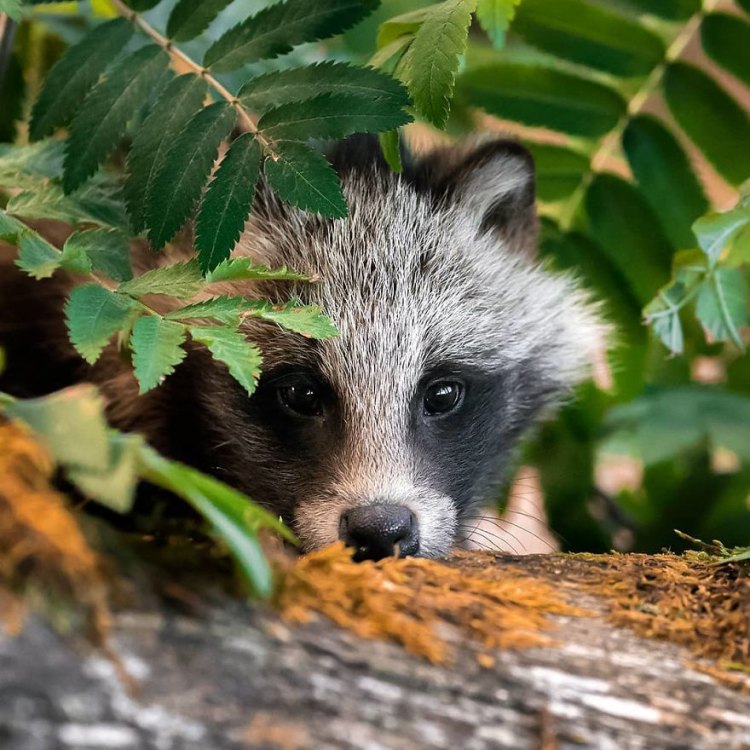
The Xeme: A Small But Mighty Seabird of the Arctic Regions
Disclaimer: The content provided is for informational purposes only. We cannot guarantee the accuracy of the information on this page 100%. All information provided here may change without prior notice.

